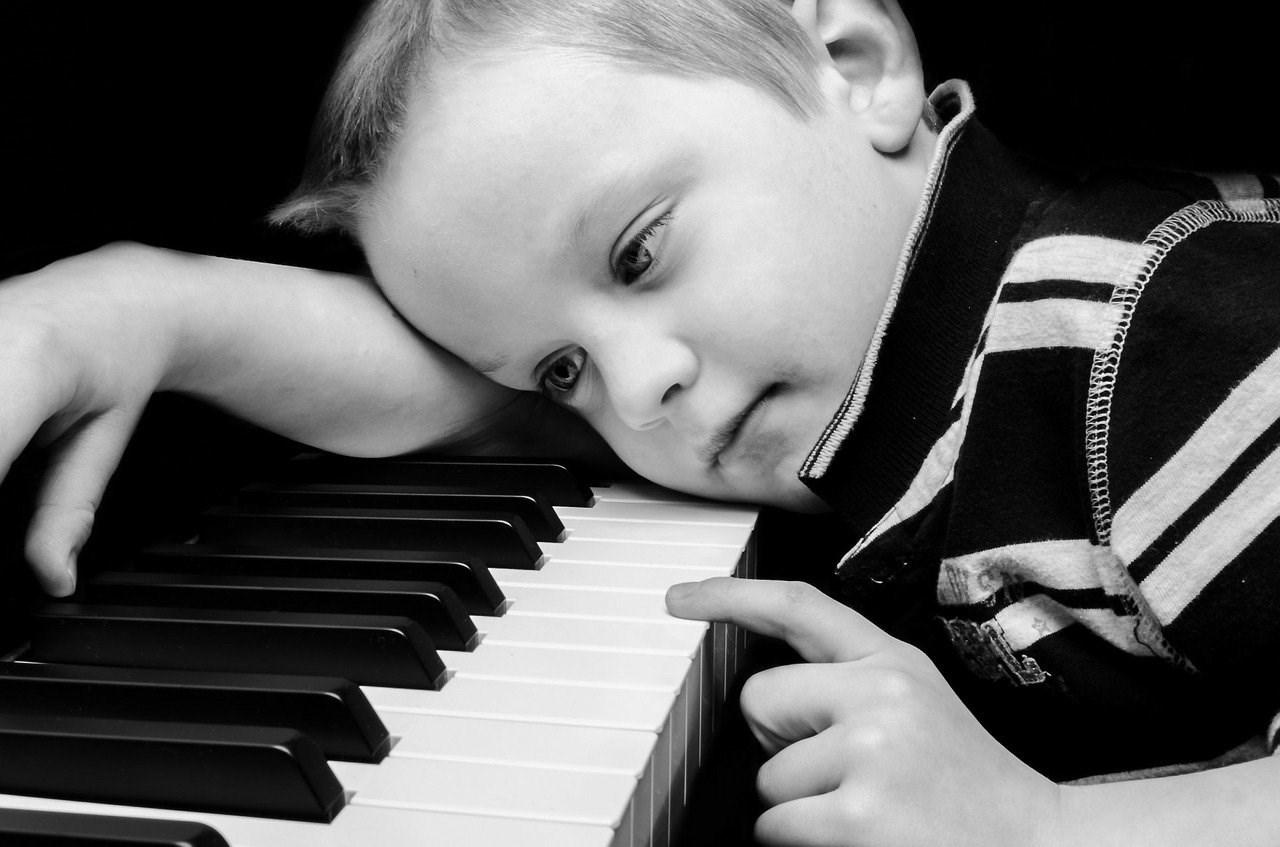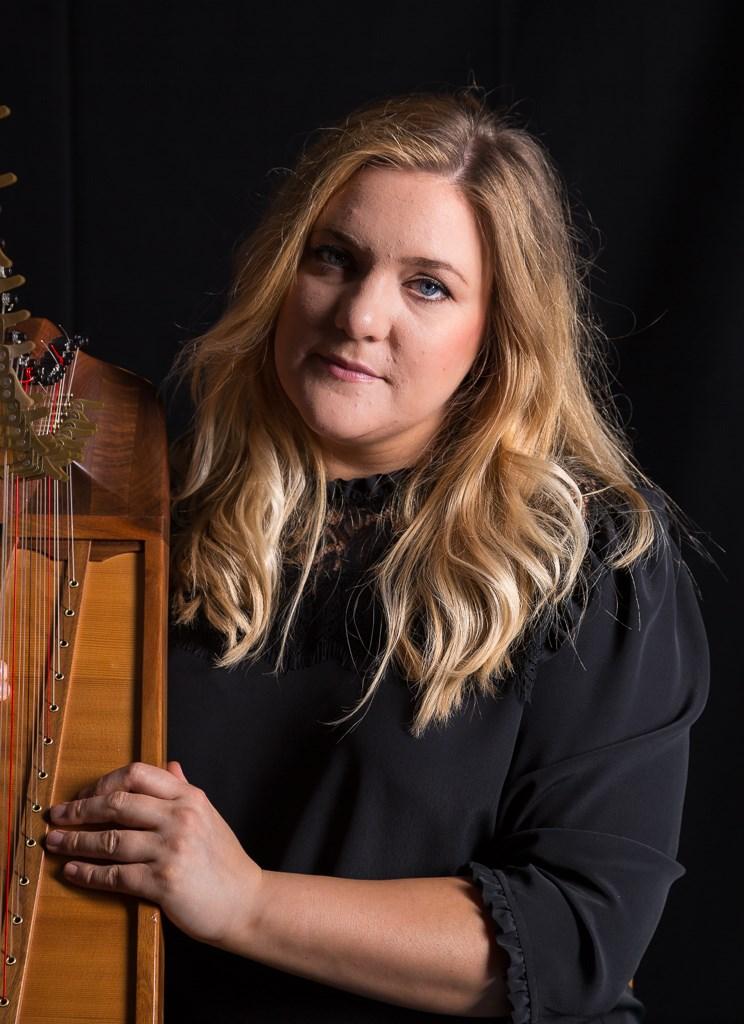
8 minute read
Musical Play & Playing Musically
MUSIC IN THE EYFS AND BEYOND
by Hannah Luckins
For Early Years Practitioners, the overarching principles of our Development Matters guidance are all too familiar, but for teachers or subject leaders looking to get a deeper grasp on children’s learning and starting points in their school career, it is a worthwhile reminder. Development Matters (and its partner document Musical Development Matters) emphasise the interrelatedness of a child’s early development under the headings of:
A Unique Child
Positive Relationships
Enabling Environments
Here, I hope to exemplify these principles in practice and give some ideas of how to build upon them as children move from EYFS into Key Stage One. This could be described as the development from ‘musical play’ to 'playing musically.'

Musical Play in the Early Years
A Unique Child - independent, child initiated learning
In other areas of learning and development it can be easier to relinquish the control over a child’s engagement with the continuous provision, but in music the temptation is strong to teach children a specific song, a specific way to play, a composition structure/ format etc.
Letting the children play and explore is not just an age-appropriate expectation of their musical learning during EYFS but also the best way for children to show their unique ideas and skills, and demonstrate their tastes and aural awareness - ultimately leading to the best outcomes.
Young children never cease to amaze me with their resilience, perseverance, enjoyment, engagement and imagination when entering into open-ended activities, when given the freedom to explore at their leisure. This can sometimes take a great amount of tongue-biting from adults, who may initially see and hear this as a cacophony of noise with little finesse, however, over time these interactions with music and musical instruments develop and become more refined with little need for adult provocation. Children want to express themselves musically! There are several great examples of this, and how the practitioners/ teachers have supported the musical play in Sounds Like Playing: Music and the Early Years Curriculum by M. Ouvry (2004). This week in our class, the children have been enjoying playing with the toy castle and the accompanying fairytale characters. The children with the instruments independently chose, listened and experimented with different sounds to make a ‘clip-clop’ sound of the horses’ hooves. As they accelerated their playing, their peers with the horse toys instinctively moved the toys faster and began a full descent upon the drawbridge! Here the children were involved in both musical play, and playing musically - and gloriously all independently!

Exploring the piano with a teacher
Positive Relationships - Adult observations and skilled interactions
This is really good practice for teachers in any age-range, not just in EYFS, however we are under a great deal of pressure and restrictions in order to achieve results and trying to fit more learning into shorter periods of time, which makes it easier to do the opposite of what we know is best in regards to our observations and interactions as children work independently.
EYFS teachers will be very familiar with the age-old debate about timely intervention in children’s independent play in order to move learning forward. A phrase coined and expanded upon by Julie Fisher in her 2016 book Interacting or Interfering? Improving Interactions in Early Years. This is a good reminder for teachers to take a step back and observe what is being investigated by the child by themselves at first, and how they are organizing their own learning and challenge, before jumping in with a question/ a wonder/ an encouragement to promote independent progression. Then… How do we ensure our timely interactions bring value to the child’s own learning journey?
I have found it can be a great tool to simply join in with the music they are making. Everyone then has fun with musical play!

Exploring the piano
Enabling Environments - Characteristics of Effective Learning
For musical play to happen, the whole environment needs to celebrate and normalise music play and exploration. This can be the physical environment –making space to listen and try out instruments as much as any other classroom item (glue sticks, construction materials, reading books etc.) Or indeed the implicit environment (how children are encouraged to have a go, to learn from mistakes, to celebrate their own and others achievements etc.)
Young children naturally express themselves musically, in fact Leuven explains ‘music’ is one of the indicators of a highly engaged, happy child: “The child looks happy and cheerful, smiles, cries out with pleasure. They may be lively and full of energy. Actions can be spontaneous and expressive. The child may talk to him/herself, play with sounds, hum, sing. The child appears relaxed and does not show any signs of stress or tension. He /she is open and accessible to the environment. The child expresses self -confidence and self-assurance.”
I strongly believe in enabling children to be life-long learners by developing refined Characteristics of Effective Learning. This sets them up for the rest of their school career and beyond but is sometimes sidelined in the busyness of everyday school life. Our enabling environments build metacognition as well as good character and vital social skills. Music is a prime opportunity to embed these characteristics! Even the often-quoted author of The Suzuki Method, Shinichi Suzuki, where many of our greatest, talented artists of today began, claims “Teaching music is not my main purpose. I want to make good citizens. If children hear fine music from the day of their birth and learn to play it, they develop sensitivity, discipline and endurance. They get a beautiful heart.” Isn’t that what we all want for our children –not that they are the best musician in the world, but that they have a beautiful character?
Transition to Year 1
Continuing the mindset and provision for musical play into a Key Stage One or even a Key Stage Two classroom environment and daily routines is easier than you may think. There are so many possibilities, including but not limited to: daily singing/chanting (this can be during counting or phonics or any area of learning to embed key facts), clapping to gain children’s attention, listening to music during independent tasks/reading/ tidy up time etc. These do not cover the music curriculum but do set the tone for successful music learning and musical children, whereby elements of music feel embedded and understood through experiences, and the attitudes of the children to music are positive and enthusiastic. Classroom music lessons have historically been too quick to make children ‘fit a mold’ and therefore the children who don’t or can’t ‘fit’ as quickly as others are sadly soon put off.
Musical play is the building block upon which playing musically begins to be built. It develops children’s awareness of expression and story-telling in their musical performances and compositions, as well as in their aural awareness. I endeavor to leave plenty of room for musical exploration (play) in all lessons, whether they be in the classroom or in my individual instrumental teaching. A friend and colleague of mine who teaches harp at Eastman Community Music School, often uses the phrase ‘comprovising’ which perfectly describes that sweet-spot between musical play (improvising) and composition (writing music for a purpose), which is rarely distinguished as separate entities in Early Years settings, and need not be in Primary classrooms either.
To conclude, I hope to have encouraged some primary music teachers to feel free to allow space (and potential increase in noise levels) in order that our children feel comfortable to explore and play with music; with the ultimate goal that our children are happy, confident and skilled in playing musically as they leave primary school, building upon strong development of The Unique Child, Positive Relationships and An Enabling Environment in conjunction with The Characteristics of Effective Learning begun in Early Years.

Hannah Luckins
Hannah Luckins is an Early Years teacher and Music Subject Leader at Howden Church of England Infant School in the East Riding of Yorkshire as well as a professional musician, known as ‘Hannah the Harp’. She enjoys leading the school choir and after school music clubs with Key Stage One children, and seeing all children develop their love, understanding and personal response to music. Alongside her work in school she also teaches private music lessons and workshops, and wears the nickname ‘the noisiest teacher’ as a badge of honour!








